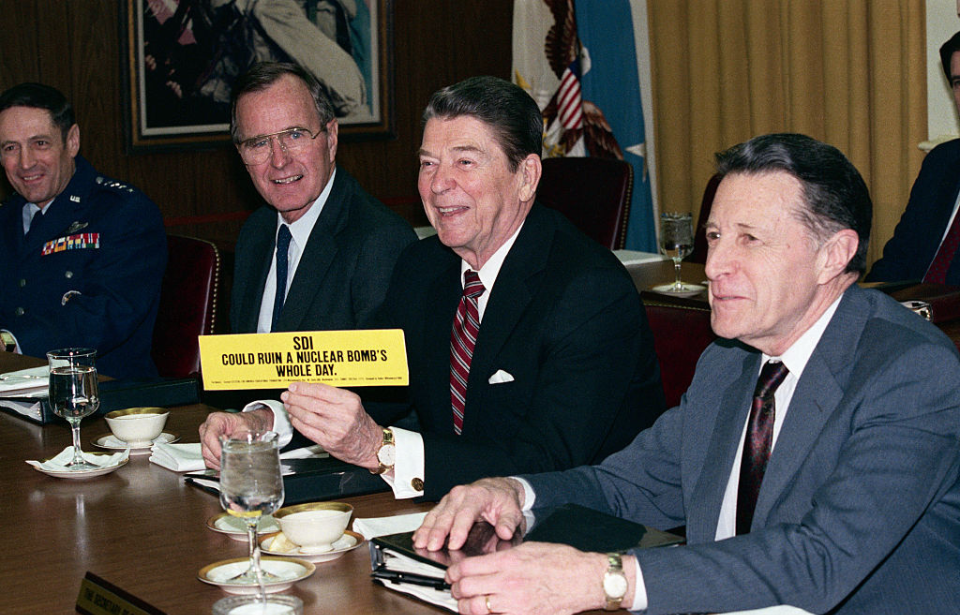By the 1980s, the threat of nuclear war between the United States and the Soviet Union was a very real possibility. US President Ronald Reagan decided to take action to protect the country by proposing a new missile defense system, which could be used in case of nuclear attack. This elaborate scheme became known as Reagan’s Star Wars program.
Ronald Reagan prepares the country’s defenses
Ronald Reagan felt the US needed a better way to defend itself against a nuclear attack, making it a priority during his time in office. In 1981, he signed the National Security Decision Directive (NSDD) 12, which allowed for the development of a defense system to protect against hostile missiles. Two years later, he declared the USSR to be America’s primary enemy.
On March 23, 1983, the president announced the next stage of his plan: the Strategic Defense Initiative (SDI). In a broadcast to the nation, Reagan explained that the SDI, which later became known as his Star Wars program, would see the development of anti-ballistic missiles that could shoot down weapons in space.
During his speech, he emphasized that he wanted the scientists who “gave us nuclear weapons to turn their great talents to the cause of mankind and world peace: to give us the means of rendering these nuclear weapons impotent and obsolete.” As Reagan viewed it, his Star Wars program would mark the beginning of the the end for nuclear weapons.
“Reckless Star Wars schemes”
Despite Ronald Reagan’s enthusiasm, not all reactions were positive, particularly among Democrats. In fact, one inadvertently gave the SDI its nickname. Sen. Edward “Ted” Kennedy (D-MA) once remarked that it was “reckless Star Wars schemes.”
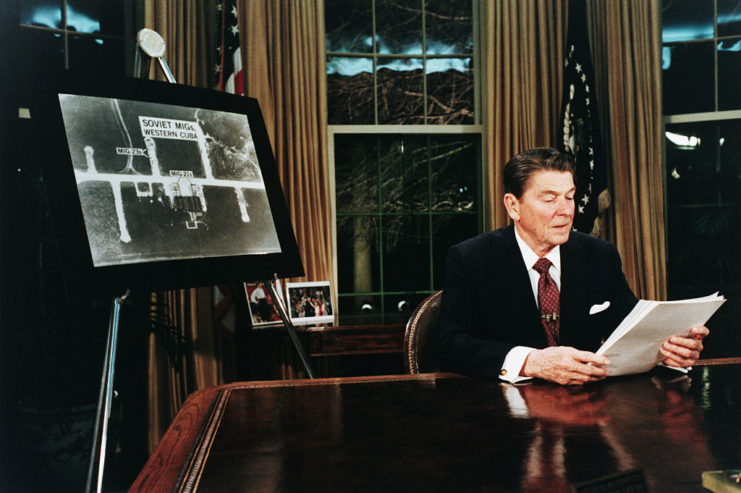
The name stuck, despite Reagan feeling like it denigrated the effort and made it seem like an act of science fiction, rather than a real and serious program. After Sen. Kennedy’s comments, the SDI would forever be known as Reagan’s Star Wars program. In fact, George Lucas, the creator of Star Wars, sued Reagan for his use of the name.
Public and political responses to the program were extremely skeptical, with many believing the SDI was nothing more than a dream and that it raised false hopes for safety and security. Some thought it was simply too political a move, as it went against the doctrine of mutual assured destruction (MAD).
The development of missile defenses
There were numerous projects undertaken through Reagan’s Star Wars program, all with the goal of creating a cutting edge defense system. The problem, however, was that much of the proposed technology had yet to be developed. The basic idea was to have optical, radar and infrared sensors on the ground, as well as in the air and space, to detect incoming attacks.
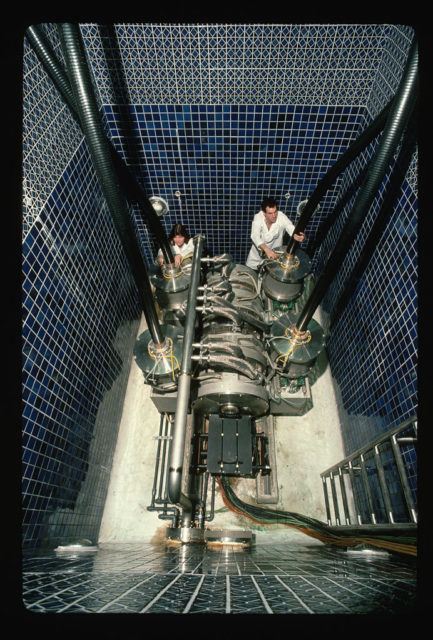
Once an attack was detected, laser beams launched from the ground and space would be directed at the targets to destroy them. As a backup, there would be missile platforms on the ground and in the air, which could be used to defend targets throughout the country.
Reagan’s Star Wars program saw the development of space lasers
To accomplish this, SDI scientists had to create different lasers. Most notably, these included X-ray and chemical lasers. The X-ray lasers were designed to operate by an explosion focused by metal rods surrounding a nuclear warhead. Testing occurred on March 26, 1983, but a faulty detector produced false positive results.
The chemical lasers were developed in 1985 using deuterium fluoride and were more successful than the X-ray ones. They could destroy a Titan missile booster, as well as target drones in later years. By the time the SDI was canceled, the chemical lasers had produced mixed test results. However, the technology was later used to develop the Tactical High Energy Laser.
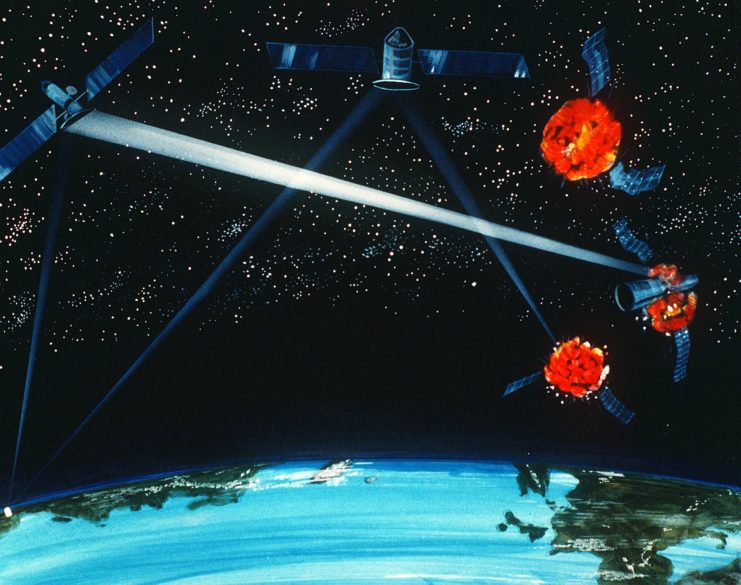
A study conducted in 1987 by the American Physical Society focused on the development of lasers and particle beams within the SDI. They noted that none of the systems were anywhere near completion and that they needed significant improvements before they could be used for missile defense.
The end of Reagan’s Star Wars program
Throughout the program, there was significant opposition to the SDI. One of the most common arguments against it was that creating such a system would encourage another arms race, while backing out of existing arms control agreements. Opponents worried that, if this happened, it was likely the US wouldn’t be able to make additional arms-control agreements in the future.
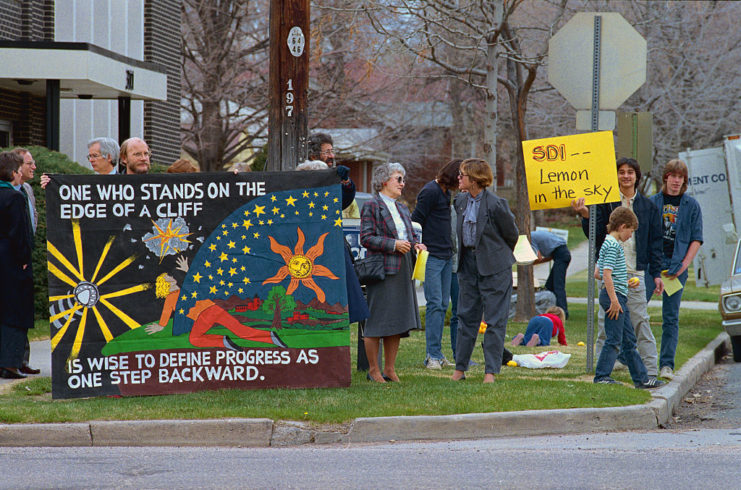
The SDI was officially halted in 1993, when Bill Clinton’s administration created the Ballistic Missile Defense Organization, which focused on a different threat. By this time, Reagan’s Star Wars program was considered a failure. It had cost roughly $30 billion, with very little to show for it.
While a concrete missile defense system never came out of the SDI, the program certainly wasn’t an complete loss. It’s commonly thought to have played a role in ending the Cold War, as the USSR was concerned about its creation. At meetings between Reagan and Soviet leader Mikhail Gorbachev between 1985-88, the topic was broached many times.
What did the Strategic Defense Initiative do?
Ronald Reagan repeatedly proposed that the Soviet Union create a similar program, so the two powers could share their research. However, Gorbachev was skeptical of this and repeatedly declined. These discussions also led to the creation of the Intermediate-Range Nuclear Forces (INF) Treaty (1987) and 1991’s Strategic Arms Reduction Treaty (START I).
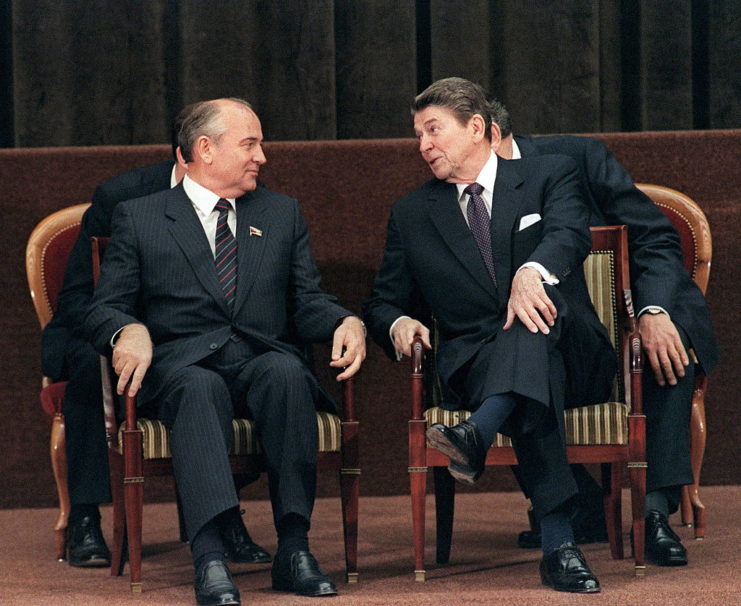
As the program was frequently referenced in negotiations, some believe it was a bluff created to scare the Soviets into believing the US had technology to prevent attacks. Those involved in the SDI, however, didn’t appear to have designed it this way, as Reagan’s Star Wars program was something he hoped would be a success.
More from us: John Wheeler and the Missing Papers That Nearly Sparked a Cold War Catastrophe
Gorbachev remained skeptical, however, later writing:
“Ronald Reagan’s advocacy of the Strategic Defense Initiative struck me as bizarre. Was it science fiction, a trick to make the Soviet Union more forthcoming, or merely a crude attempt to lull us in order to carry out the mad enterprise – the creation of a shield which would allow a first strike without fear of retaliation?”
